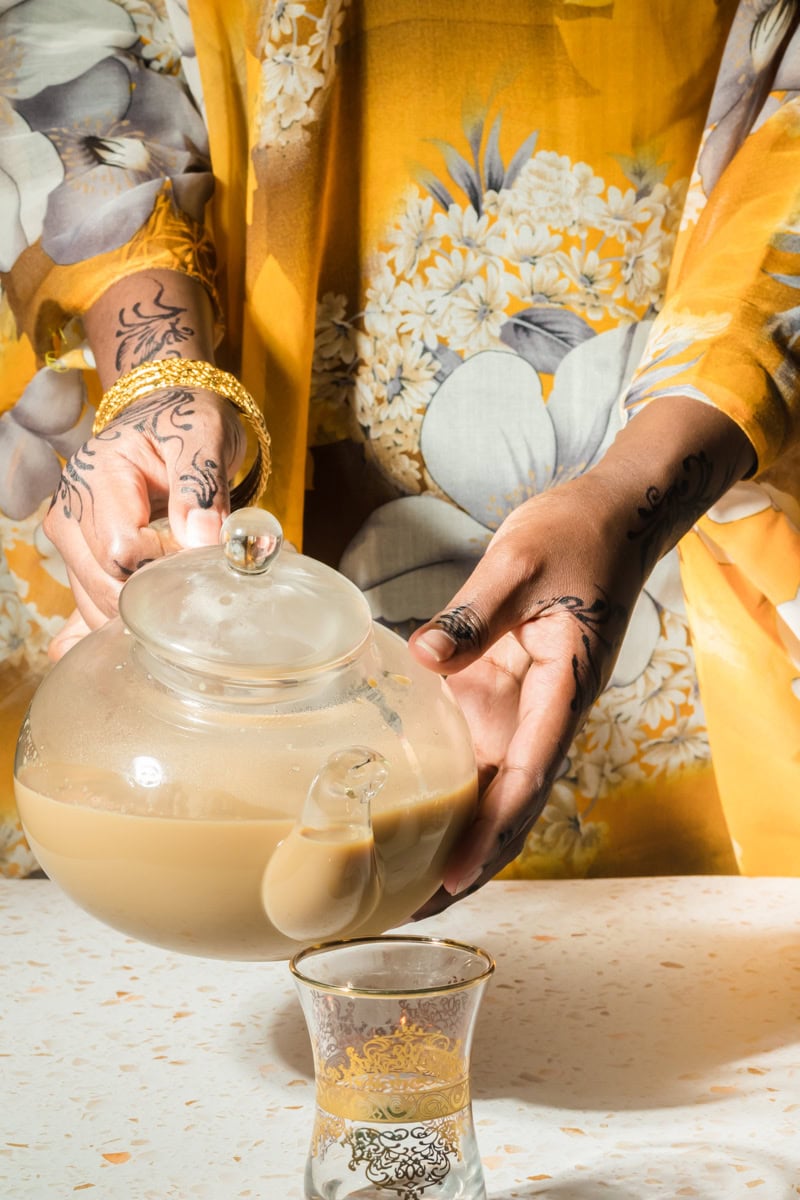
Somali Tea – Spiced Chai Recipe
Let’s talk about Somali tea, also known as Shaah. This isn’t your average cup of tea—it’s a cultural staple, a tradition that’s been passed down through generations. It’s a cornerstone of Somali culture, deeply ingrained in social gatherings, family reunions, and everyday life, and let’s be real—it’s also just really delicious!
Growing up, many of us learned to make Shaah by watching our elders, who had an uncanny ability to gauge the perfect proportions of ingredients without ever touching a measuring cup. It was a skill passed down through generations, honed through countless rounds of tea-making sessions.
But for those of us who didn’t inherit the “eyeballing” gene, fear not! This recipe is here to save the day. With precise measurements and clear instructions, you’ll be able to nail the perfect cup of Shaah every single time. No more guessing games or crossed fingers—just a foolproof recipe that guarantees a delicious and authentic Somali tea experience. So, let’s roll up our sleeves, fire up the stove, and get ready to brew the best darn cup of Shaah you’ve ever tasted. Let’s dive into the rich flavors of Somali tradition.
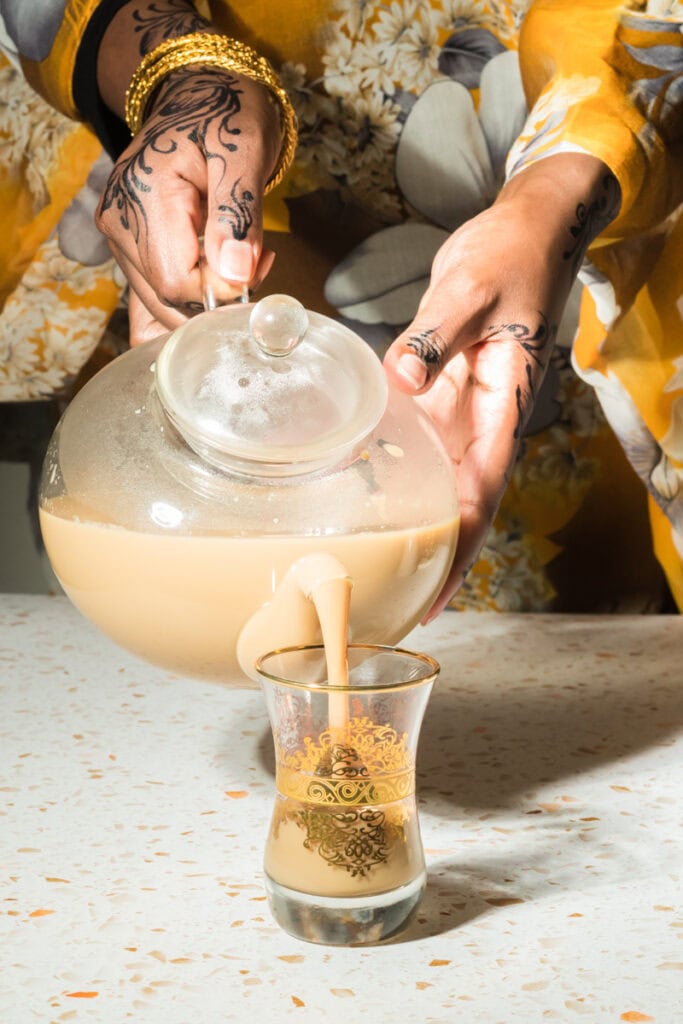
What is Somali Tea?
Somali tea usually includes a mix of black tea leaves and fragrant spices like cinnamon, cardamom, and cloves, with a dash of ginger for that cozy warmth. Adding milk gives it a creamy richness, and a bit of sugar balances out the spices, resulting in a deliciously aromatic brew that’s perfect for bringing folks together.
Somali Shaah Ingredients
For this recipe, you’ll need:
- Tea Bags: Choose your favorite black tea bags for a robust flavor. I highly recommend the Tazo Chai tea bags.
- Ginger: Dried ginger is more concentrated than fresh, but just not as good; if you can, I recommend using fresh ginger.
- Cinnamon Stick: For a stronger taste, gently crush the cinnamon stick before adding it to your tea; this helps release its essence, resulting in a richer brew. I personally just keep the cinnamon stick whole.
- Cardamom Pods: Use fresh cardamom pods that are slightly pounded or opened up to release the seeds into the tea.
- Cloves: Use whole cloves and remove them once your tea reaches the desired taste; they can become overpowering if left steeping for too long.
- Milk: Feel free to go with whatever milk you prefer—whether it’s whole milk, lactose-free milk, or reduced-fat milk. I have not tested this recipe with milk alternatives; if you do, please let me know how it turns out!
- Sugar: Somali tea is very sweet, sometimes a little too sweet for some people. This recipe is not too sweet (in my opinion), but please adjust the sugar to your liking!
A Few Tips to Get Perfect Results Every Time!
Use fresh, high-quality spices for the best flavor.
Adjust the amount of sugar to suit your taste preferences.
Brew the tea on medium heat to allow the spices to infuse gradually.
After adding the milk, be sure to watch the pot closely to prevent it from boiling over! And if it does happen, don’t fret—it’s a common experience for every Somali person; consider it a rite of passage.
Strain the tea really well into a thermos before serving.
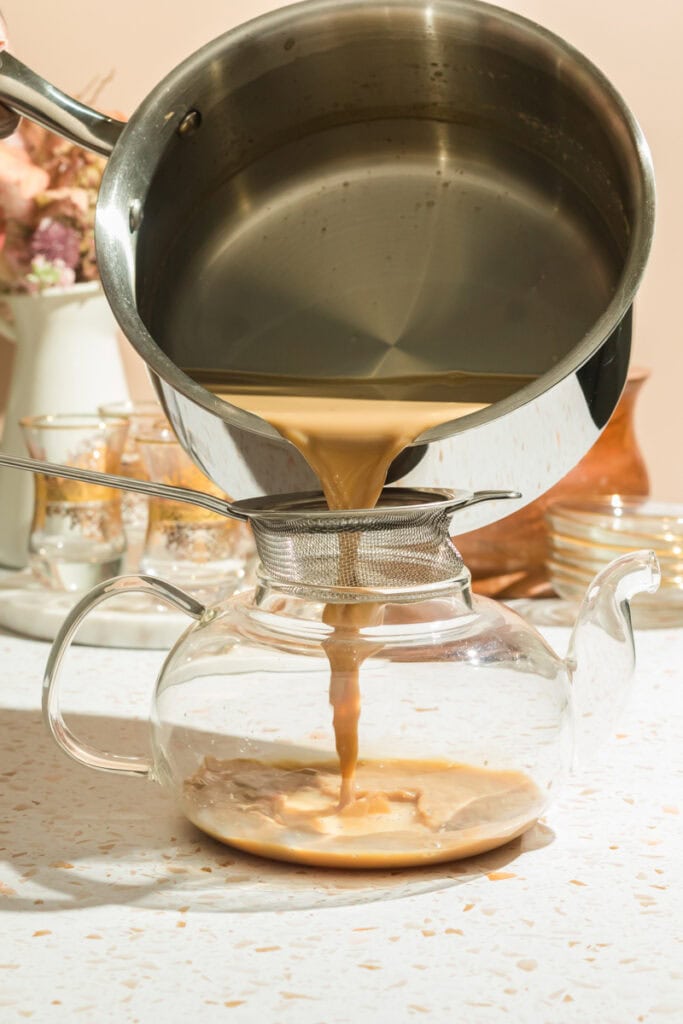
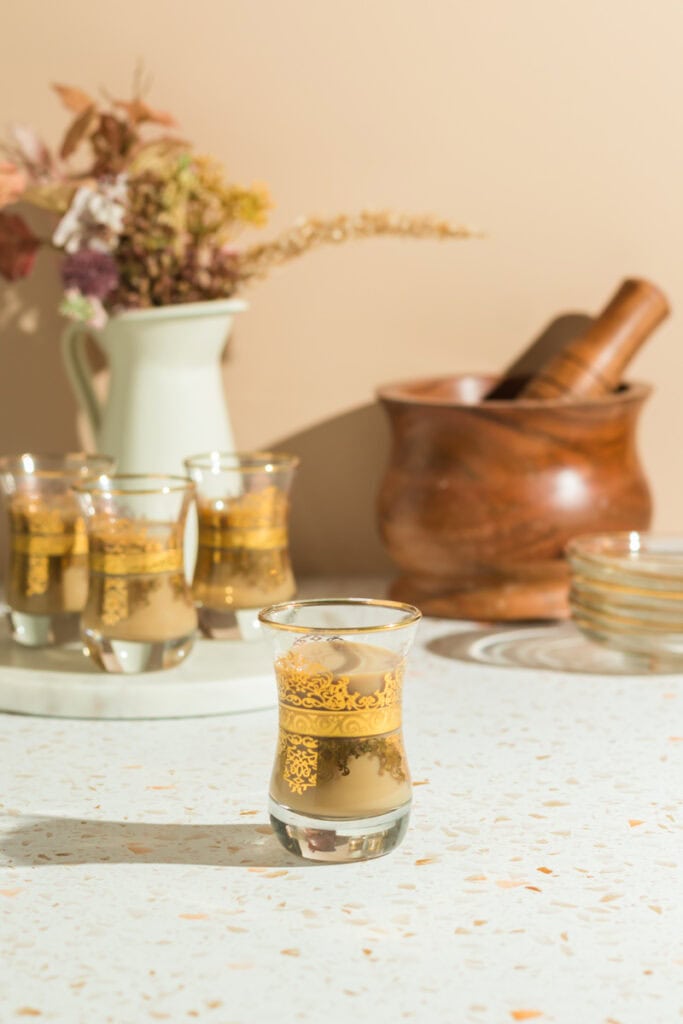
Frequently Asked Questions
Yes, ground spices can be substituted for whole ones, but believe me, fresh spices make a world of a difference!
Absolutely! A lot of elders like sipping on Shaah without any milk; they call it Bigeeys or Rinji depending on which area in Somalia you are from. When you have a crowd that includes dairy-free folks, you can make the tea without any milk and then offer a small thermos of hot milk for guests to add to their cups individually. This way everyone can customize their cup to their personal preference.
Straining the tea helps remove any leftover spices or tea leaves, resulting in a smoother texture. However, if you don’t mind the texture, you can skip this step.
Serving Somali tea with Somali Cake or cookies is a common practice, especially during social gatherings or celebrations.
To reheat leftover tea, just pour it back into the pot and warm it on the stove over medium heat.
This tea is a delicate balance of spices, milk, and sweetness that is perfect for your next get-together. Try this recipe and start making Somali tea like a pro. Trust me, once you’ve mastered the art of Shaah, you’ll be hooked for life.
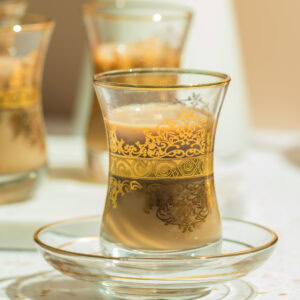
Ingredients
- 2 cups water
- 3 bags black tea
- 1 inch piece fresh ginger or 1/2 tsp ginger powder
- 1 stick cinnamon
- 5 pods green cardamom
- 3 pieces cloves
- 1 cup milk
- 1/4 cup sugar
Instructions
- Pour water into a saucepan and add the tea bags; here’s the brand that I love using [link].
- Crush the cardamom and cloves lightly using a pestle and mortar to release their flavors.
- Using the mortar and pestle, crush the ginger slice slightly.
- Add the ginger, cinnamon stick, cardamom pods, and cloves to the water.
- Stir in the sugar and bring the water to a boil.
- Reduce the heat to low and let the tea simmer for 1-2 minutes to infuse the spices.
- Slowly add the milk into the tea and raise the heat back up.
- Keep an eye on the pot to avoid boiling over. Once the mixture boils, remove the pot from the heat.
- Strain the tea through a fine mesh sieve to catch all the pieces of ginger, spices, and tea bags.
- Transfer the freshly brewed Somali Shaah into a thermos to keep it warm for serving.

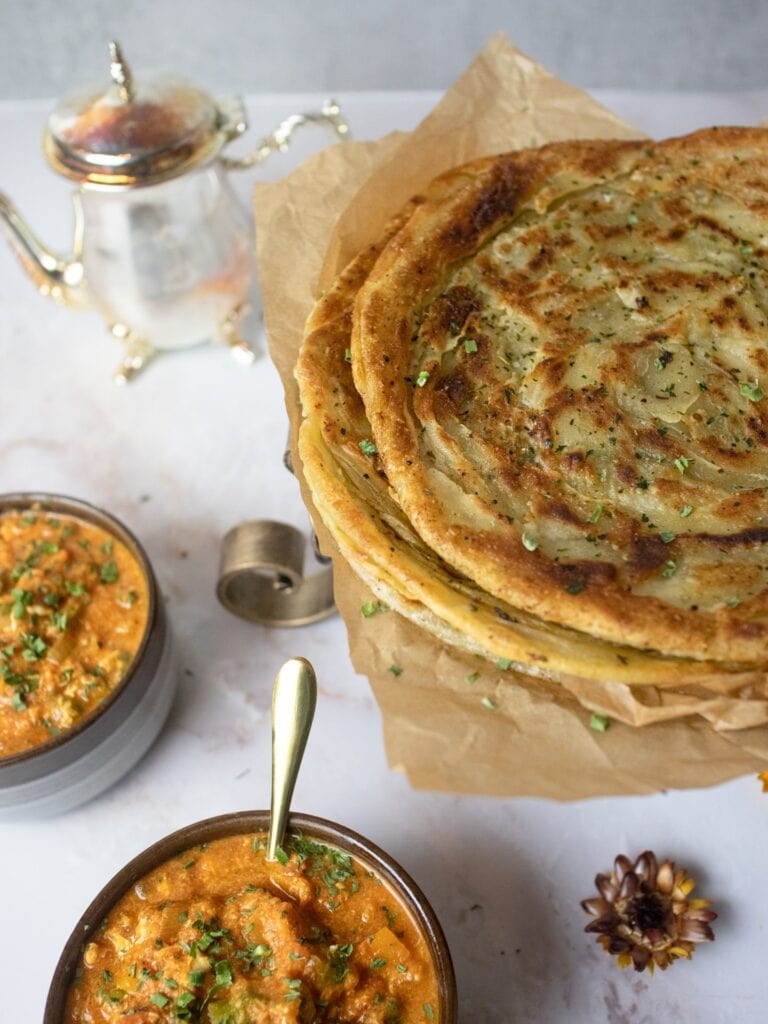
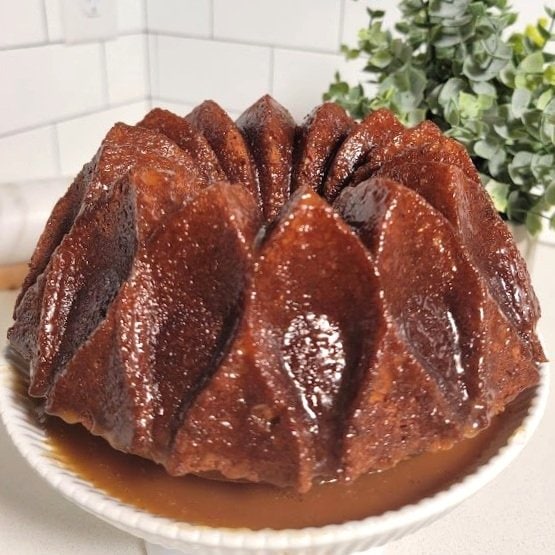
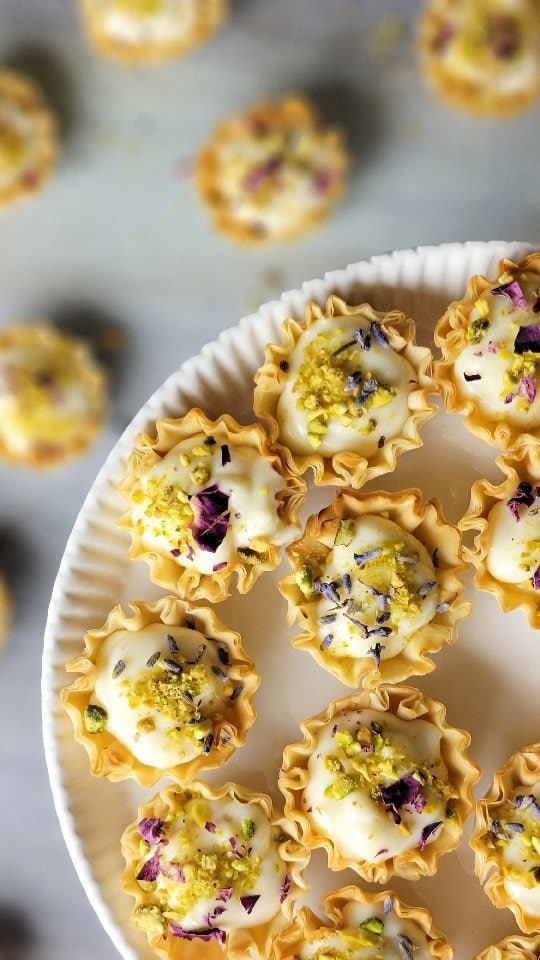
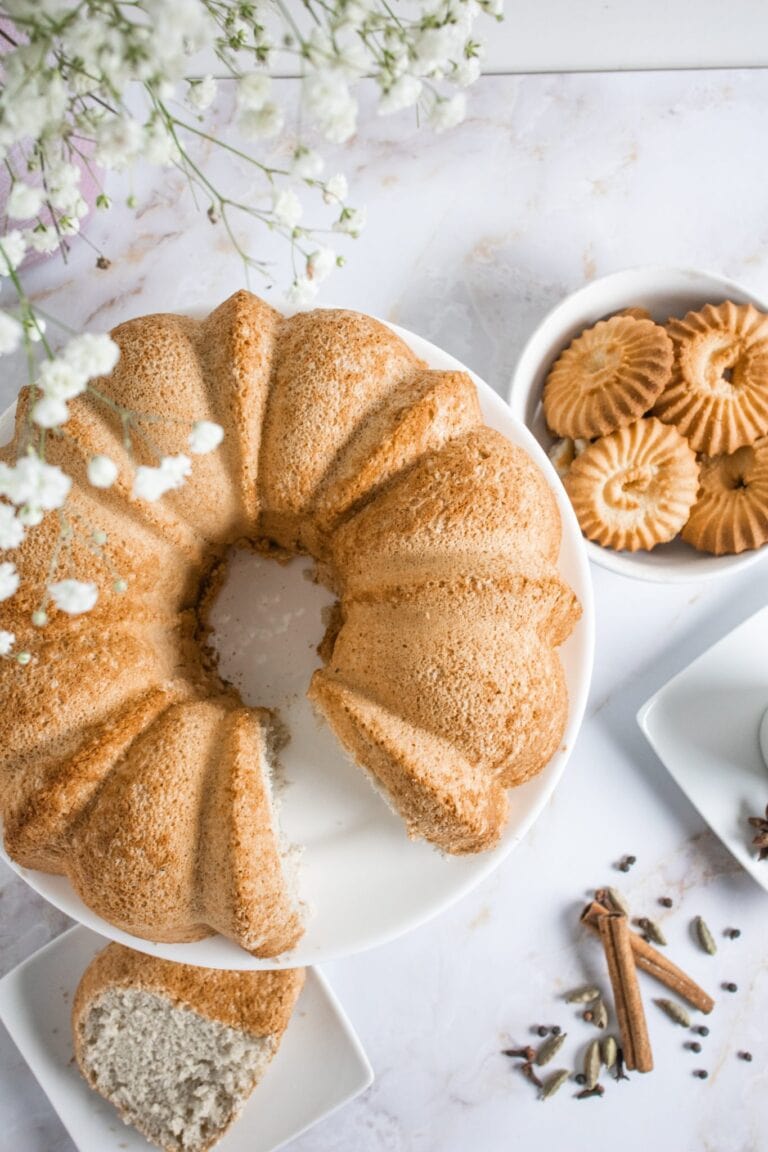

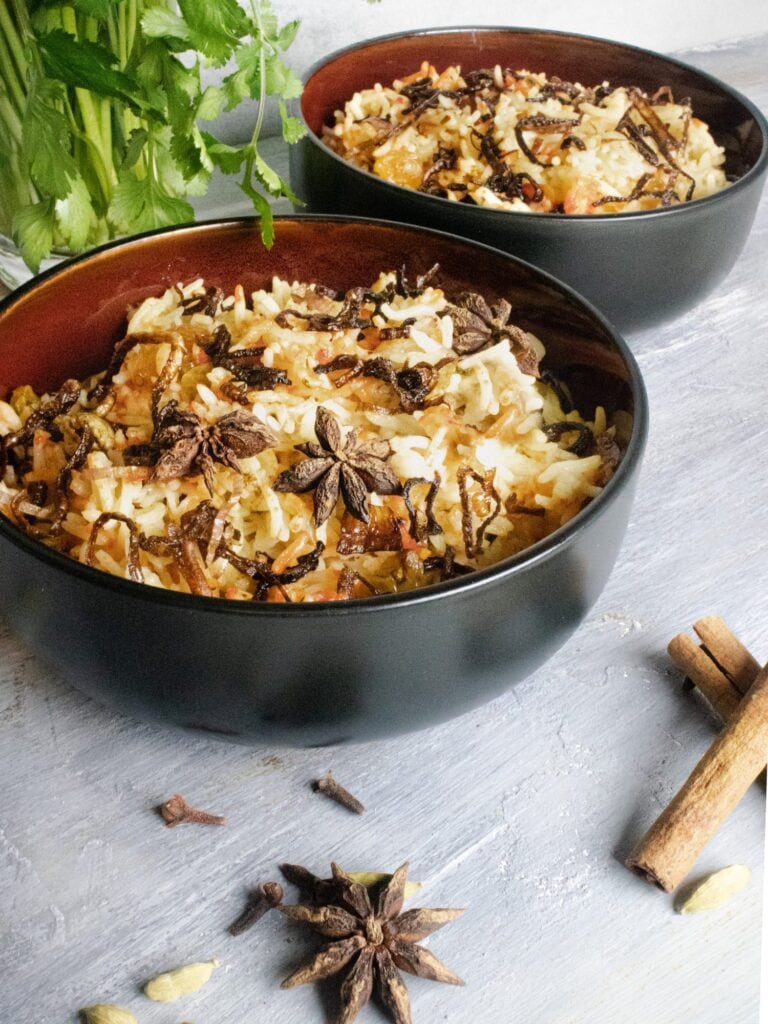
Once you try this recipe, there’s no going back!